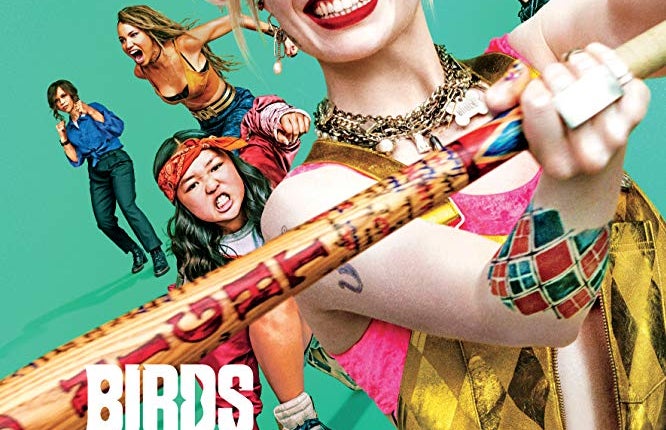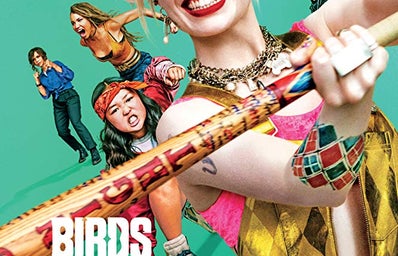Whenever we engage in media or act as a viewer of something, we are participating in a “gaze.” The gaze describes how viewers engage and look at any form of visual representation such as cinema, television, and advertisements. One thing as viewers we might not realize about our own personal gaze is how influenced all gazes are by the overpowering male gaze presents in most forms of media. The male gaze is so predominant in the media we are often desensitized to it, just recognizing it as the norm of our society.
The male gaze explains the over-sexualization of women, portraying them solely as the object of male desire. Although female characters may still have compelling backstories or narratives, this is all less important in comparison to their framing in accordance with male desire. This creates the idea that these female characters exist only as what they represent to the male hero of the story.
Some may argue such a phenomenon occurs in the reverse as well, male characters being overly sexualized for female viewing pleasure. However, in most cases, the female viewer is less drawn to the male character but rather envies the female heroine who is desired by the man. This once again teaches viewership that women are there for the men and should consistently be working towards being the object of male desire.
The concept of the male gaze, although originated in the cinematic world, can be applicable beyond that. It also can pertain to women in the real world, not only their view of themselves but also how they are viewed within society. The male gaze fuels the idea that women dress, act, etc for men. It creates the belief that the female body is an object, causing women to put a greater emphasis on how they look rather than how they feel or even base how they feel on how they look.
In recent years, a counterargument has surfaced: the female gaze. The female gaze runs deeper than just treating male characters in the same manner as the male gaze. Rather the female gaze focuses on the experiences and emotions attracted to a woman’s body, not just the body itself. It is the idea of women acting, dressing just being for themselves.
This idea has also begun to appear in recent cinema as the female voice grows stronger in Hollywood. One example of this occurs in the film Birds of Prey. Rather than focus on the males of the story, Birds of Prey is centered around Harley Quinn and her own personal journey. The viewership senses her authorship of the story from the opening credits where the title is written in her penmanship. Furthermore, in these films, Harley Quinn is often seen in an oversized t-shirt inscribed with her own name, rather than her cropped “daddy’s little girl,” top from the suicide squad films. This highlights that the film is about her as a person and her personal growth, not her body or her sexuality.
Another recent example of the female gaze at play is the Netflix series Bridgerton. Bridgerton follows protagonist Daphne as she navigates suitors, trying to find someone suitable for marriage. Through the director’s portrayal of the sex scene in the show as well as addressing blatantly sexist society, she successfully brings the viewer through the plot from the viewpoint of the female gaze. In the sex scenes throughout the series, neither the male nor female character partaking is overly focused on, rather the union of the two characters together is the focus. In other cinema, there is often a close-up of the female character ultimately sexualizing her more so than the male counterpart. Furthermore, the blatant sexism surrounding sexuality both in society then and society now is addressed through the character of Antony, in comparison to his sister Daphne. Antony, because he is a male, is able to sleep around with women deemed to be of much lower social class without any repercussions. On the other hand, Daphne is so sheltered from her own sexuality, she enters a marriage not even knowing how a child is conceived. The juxtaposition between the two characters presents the idea that males are encouraged to explore and embrace sexuality while females are ultimately shamed for the same action.
As female members of Hollywood continue to find and grow their voices, the female gaze perspective should grow as well. Ultimately the first step to correcting these societal norms created by the male gaze is learning to recognize them.

